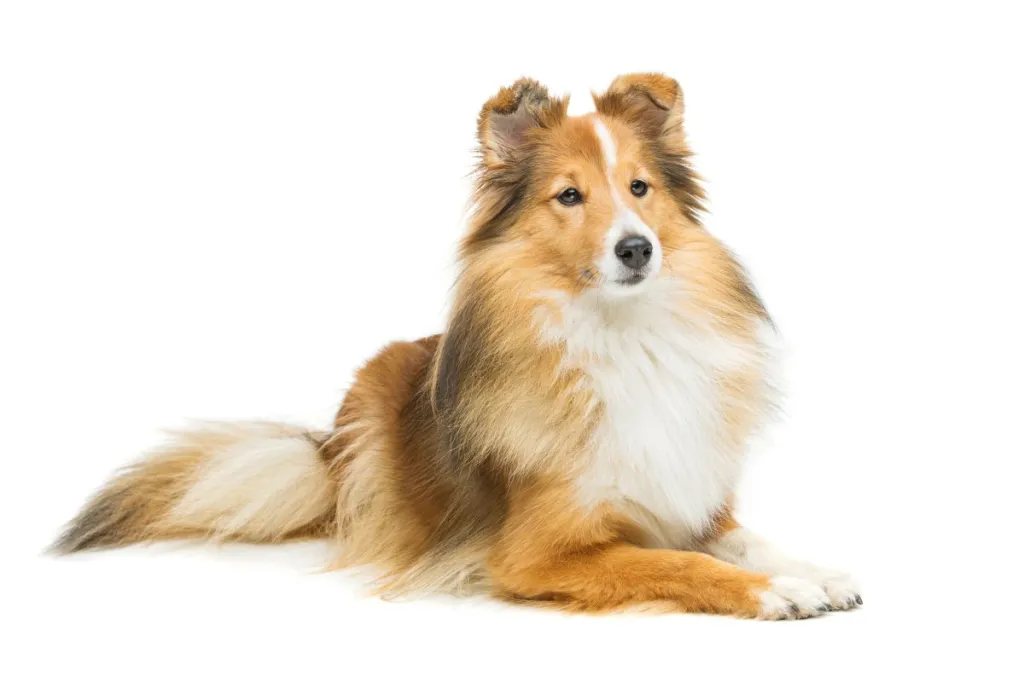The Shetland Sheepdog: A Comprehensive Guide
Shetland Sheepdogs, affectionately known as Shelties, are one of the most beloved breeds, famed for their intelligence, loyalty, and beauty. This guide delves deep into the world of Shelties, from their origins to their care requirements, and everything in between. Whether you’re a prospective Sheltie owner or just a fan, this article will provide you with a thorough understanding of this charming breed.
Origins and History
The Scottish Roots
The Shetland Sheepdog hails from the Shetland Islands in Scotland. Despite popular belief, Shelties are not just miniature Rough Collies, although they share some ancestors. Originally bred to herd sheep and ponies on the rugged terrain of the islands, they are much smaller than most working dogs due to the limited resources of their native land.
Development of the Breed
Over the years, Shelties were crossed with mainland working collies and possibly with some Scandinavian breeds, which contributed to their current appearance and temperament. By the early 20th century, the breed was standardized and recognized by major kennel clubs, including the American Kennel Club (AKC) and The Kennel Club in the UK.
Physical Characteristics
Size and Build
Shelties are small to medium-sized dogs. Typically, they weigh between 15 to 25 pounds and stand about 13 to 16 inches at the shoulder. Their size makes them suitable for both apartment living and houses with yards, though they do have a lot of energy to burn.
Coat and Colors
One of the breed’s most distinctive features is its beautiful double coat, which comes in colors like sable, tri-color, blue merle, and black and white. This dense fur not only adds to their aesthetic appeal but also protects them from harsh weather conditions. Regular grooming is essential to keep their coat in good condition and to reduce shedding.
Temperament and Behavior
Intelligence and Trainability
Shelties rank highly in terms of intelligence. They are quick learners and perform exceptionally well in obedience and agility trials. Their eagerness to please, combined with their alertness and keen perception, makes them excellent candidates for training.
Herding Instinct
Inherited from their ancestors, Shelties have a natural herding instinct. They might try to herd children or other pets by gently nipping at their heels. While this behavior can be trained out, it’s important for potential owners to be aware of this trait.
Socialization and Interaction
Shelties are generally good-natured and affectionate with their families but can be reserved around strangers. Early socialization is crucial to ensure that they grow up to be well-rounded dogs. They’re also known for being great with children, making them ideal family pets.
Health and Wellness
Lifespan and General Health
Shelties have a life expectancy of about 12 to 14 years. Like all breeds, they have certain genetic predispositions that can affect their health. Common concerns include:
- Hip Dysplasia: This is a genetic condition where the thighbone doesn’t fit snugly into the hip joint. Some dogs show pain and lameness on one or both rear legs, but you may not notice any signs of discomfort in a dog with hip dysplasia.
- Dermatomyositis: An inherited autoimmune skin disorder that can also affect the muscles. Signs include lesions on the face and limbs and sometimes muscle atrophy.
- Eye Issues: Shelties are prone to several eye problems, including Collie Eye Anomaly (CEA) and Progressive Retinal Atrophy (PRA), which can lead to blindness if untreated.
Regular visits to a veterinarian are essential for early detection and management of these conditions. It is advisable to consult with a vet who has experience with the breed.
Diet and Nutrition
Feeding a Sheltie requires attention to their size, activity level, and age. A diet rich in high-quality proteins and fats is ideal. Portion control is also important since they can gain weight easily. Always ensure fresh water is available, and be mindful of the treats given, as Shelties can be prone to obesity.
Care and Grooming
Exercise Requirements
Despite their small size, Shelties have a lot of energy to expend. They require regular exercise to maintain their health and happiness. Daily walks, coupled with some playtime and mental stimulation, are necessary. They excel in dog sports like agility, flyball, and obedience, which also provide excellent physical and mental exercise.
Grooming Needs
Shelties require regular grooming to maintain their coat’s health and appearance. This includes weekly brushing to prevent mats and tangles, especially in the dense undercoat. During shedding season, more frequent brushing might be necessary to manage the extra hair.
Living with a Sheltie
Training Tips
Shelties respond well to positive reinforcement techniques such as treats, praises, and play. Harsh methods should be avoided as they are sensitive and can become withdrawn. Consistency and patience are key in training this intelligent breed.
Integrating into Family Life
Shelties are very adaptable and can thrive in various living situations as long as their social and physical needs are met. They make excellent watchdogs, often barking to alert their owners of anything unusual, which can be managed with proper training.
Conclusion
The Shetland Sheepdog is a breed that combines beauty, brains, and versatility. Whether you’re looking for a companion for your active lifestyle or a playful family pet, the Sheltie might just be the perfect match. Remember, adopting a dog is a lifelong commitment and should be done with careful consideration and preparation.
- Best Datanyze Alternatives for 2025 - April 19, 2025
- Best Leadfeeder Alternatives for 2025 - April 18, 2025
- Best LeadScrape Alternatives for 2025 - April 18, 2025



